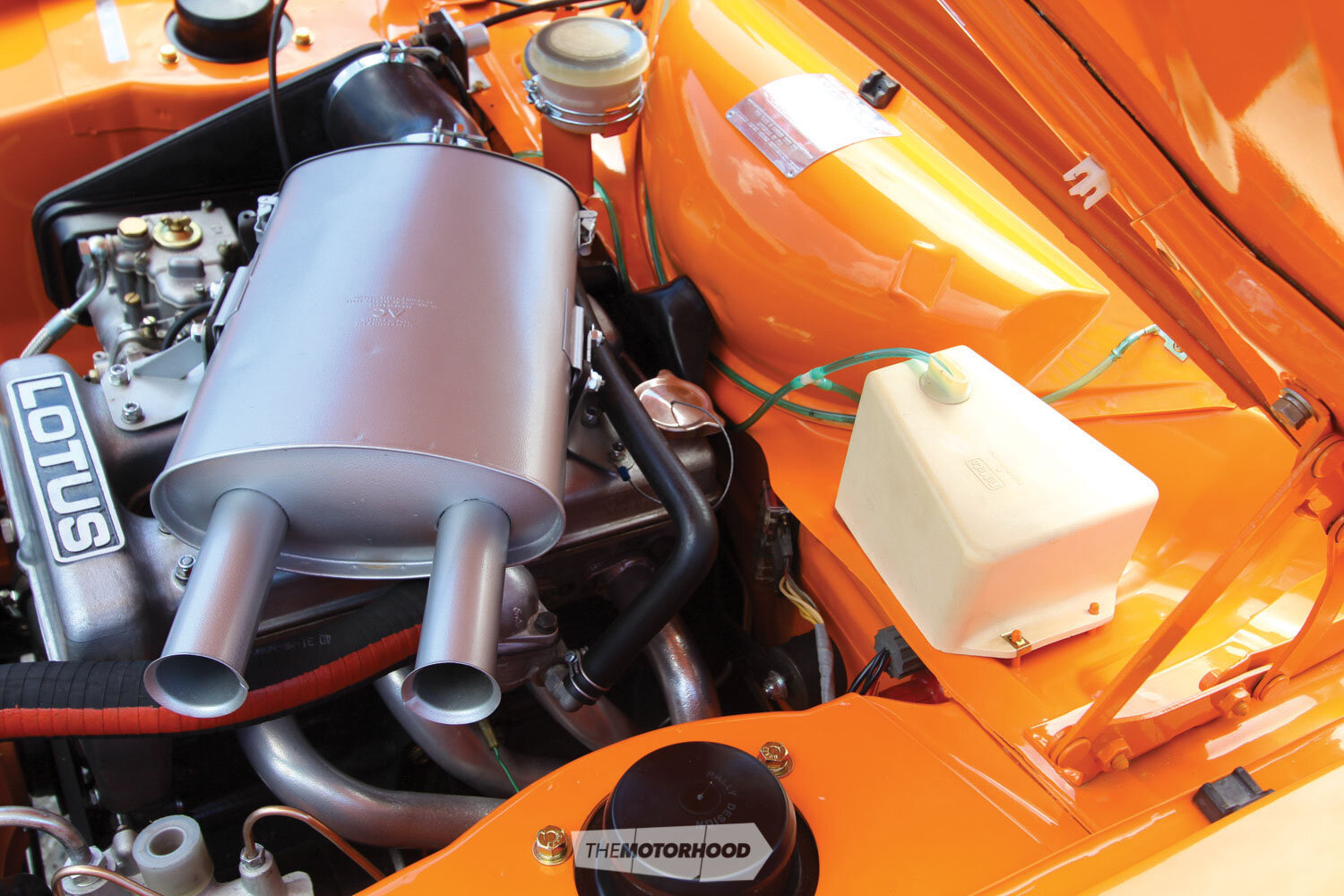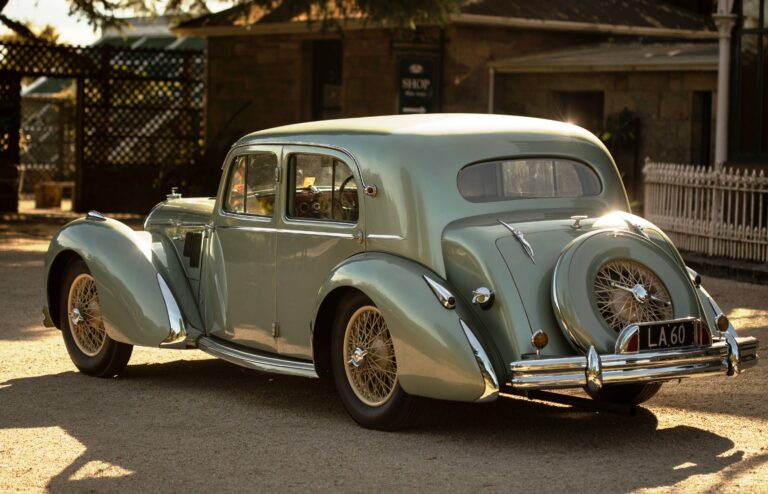If there was ever a classic with an almost supernatural refusal to grow old and fade away, this is it

ANDREW NEILL REMEMBERS
A previous owner of our featured Ford MkI Escort Twin Cam — restored by Bruce Mayo — is Oamaru automotive engineer Andrew Neill.
Andrew is well known in motor sport circles for the fabrication and repair of race cars, custom work, restoration, and engine preparation, as well as modifications to current and classic cars for both the race track and rallying.
Bruce Mayo bought his Escort Twin Cam off Paul Mortimer in Oamaru, and it has been an interesting exercise talking to Andrew and filling in the gaps in the history of this rare little car. Amazingly, the car and bits of it keep turning up in Andrew’s hands.
“I’m thinking that I would have purchased the car somewhere around 1977 to 1978 — probably 1978 to be correct,” Andrew says. The car had been a successful campaigner in his hands, and he had enjoyed every minute of its ownership. “To go right back to the beginning of the story, a neighbour had bought that car off a car dealer in Timaru. The original owner was a person by the name of Higgins, who imported it from Australia with around 39,000 miles [62,764km] on the clock. It then went to a car yard in Timaru — and I think that car yard might still be going. The car then turned up in the ownership of a neighbour, Peter Davis, who had bought the car off the Timaru dealer”. Andrew adds, “He was a neighbour when we were living on the farm out the back of Maheno. I grew up on a farm, but I had no interest in it at all, hated it. I was just a mechanical guy and that was my interest and all I ever was.”

When he left school, his intention was to become an automotive engineer. “That didn’t happen. Dad was an Air Force–trained engineer and told me just to carry on and use the workshop which we had on the farm. We were doing quite a lot of work out there as there were a lot of farms in the area, so we were quite busy,” he tells us.
Peter Davis bought the car a bit before 1978, and he only had it a few weeks. The car wasn’t going very well, so he took it to Andrew to have a look at it to see if he could fix it. “I took a look at it and the accelerator cable was all frayed. In those days, Ford didn’t know what a Twin Cam was, so I went to a local mower shop and bought some Bowden cable,” Andrew explains. Once the cable was connected, he took the Escort for a test run: “I couldn’t believe how good it was. I went and saw my father and told him that he needed to check this car out, but he said it was only a 1600 and it wouldn’t go very well at all, he thought.
“I gave it back to Peter about midweek, and then the following Friday night I was away when it arrived back in our yard on the end of a tow rope! Another neighbour had been with Peter, and he told me that, with the new cable fitted, Peter was able to get full revs and blew the engine. On Saturday morning, with the car sitting in our yard, I started looking at it and couldn’t see much wrong until I took a real close look, and saw what had happened. The damage was pretty comprehensive, with bent con rods — one had come out of the block — and it even bent the starter armature. I’ve still got a con rod saved from that motor, and it also broke the camshaft.”
Andrew took the engine out and phoned Peter to tell him that everything was broken. The car sat in his workshop for some time while options were explored as to how to fix it.
“Peter came and saw me and he said he had no money to fix the car, and he would have to sell it,” recalls Andrew. “I know he paid $3K or $4K for it when he bought it. I asked him if he would take $1500 for it, and he did. I got the ownership papers, and, for that period, it was a very rare car. I don’t think I would have been 20 years old then, so it was a lot of money for a young fella.”
The farm workshop was not very big, and the car was pushed into a corner and covered up, where it sat for some months.
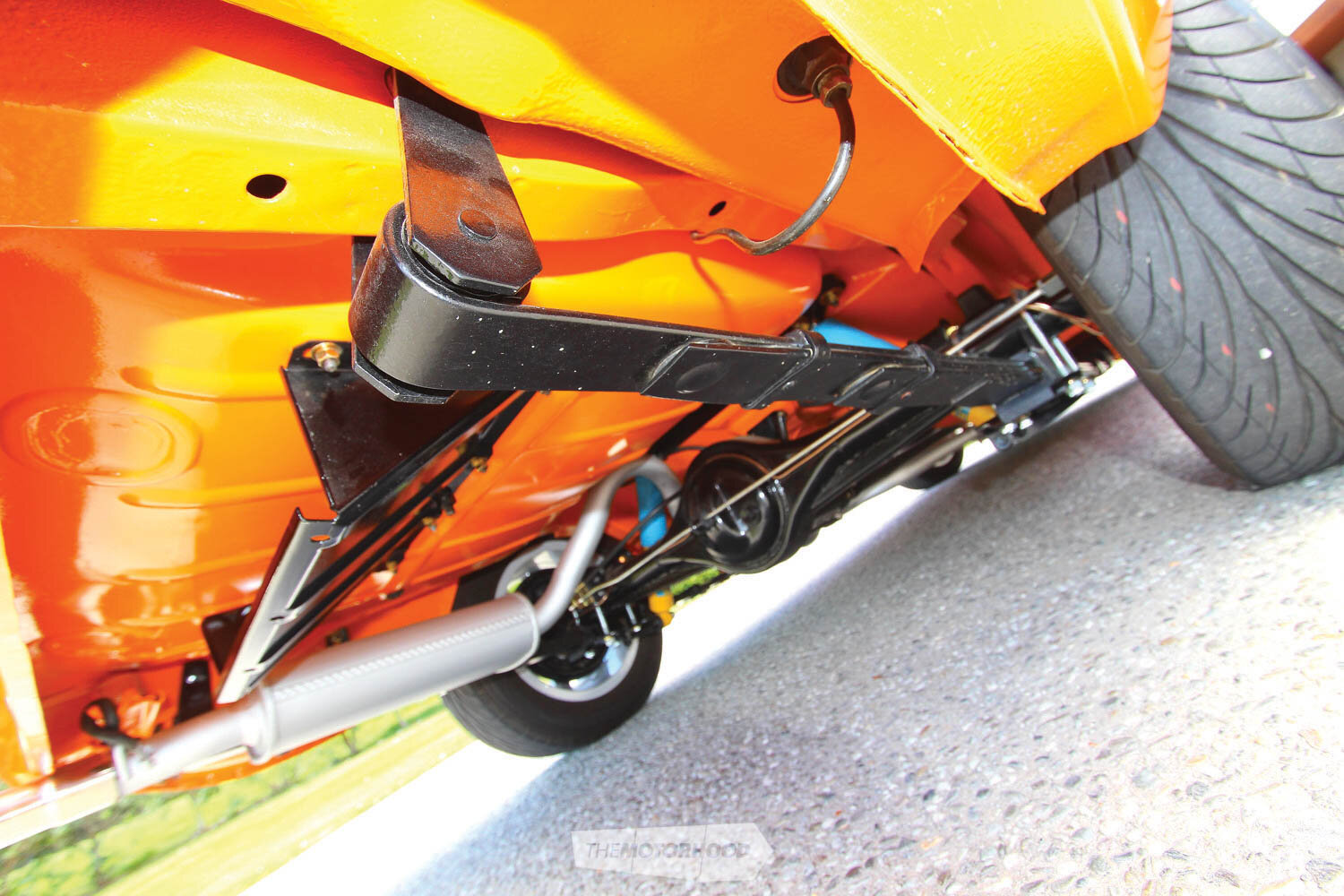
On a trip to Timaru, Andrew called in to see the technicians at Airwork aircraft maintenance, and, while talking to them, the subject of replacing the Escort engine came up. They recommended talking to local race identity Gary Sprague, who they knew imported Lotus engines from the UK.
Says Andrew, “Gary wasn’t there, but Ernie (his father) came out, and I asked him if he had any engines. He had one left, and, by chance, it was the right numbers, the correct year of manufacture, and the correct Lotus block.”
The price was $600, and Ernie told him that he would need to strip the engine down and check it, as nothing was known about the condition of the engines they bought in.
Back in his workshop, Andrew pulled the engine apart and found it in very good order. It didn’t even need the crankshaft polished, although he did rebore it, fit forged pistons, and give it a general clean up. The twin-cam engine was fitted into the Escort, marking the start of some 16,000km of road driving, circuit racing, and various car club events around the region that he would do in the car. “I drove that car in a lot of hill climbs, and put it through a fence on one hill climb in North Otago,” he remembers. “I also raced it at Lake Ruataniwha on Twizel Car Club bent sprints. I did a few club track days and quarter-mile events with it. It was a fantastic little car. I just loved it to bits.”
Around this time, Andrew was building up an RS 1600 Ford Escort, and as these were particularly rare in the South Island, the Twin Cam Escort was used as a comparison for identifying how Ford changed the body shells for motor sport. Somewhere around 1980, he sold the car to a friend, who later sold it to a car dealer in Christchurch. But the little Escort proved to be a hard car for him to get away from, as a friend of Andrew’s then bought it from the dealer.
And coincidence followed coincidence! By chance, the car was sold to Oamaru Auto Collection owner Allan Wills, also a friend of Andrew’s. “Allan came to me to put the engine into mild race tune for classic racing that he was involved in. Allan also added a roll cage, and he painted it white before racing it at Timaru and Ruapuna,” says Andrew.
The car then ended up in the hands of another Oamaru owner, Paul Mortimer, before it passed to Bruce Mayo, who returned it to Andrew to detune the engine for road use. “Bruce’s car still has the engine sump and carburettors from the blown original engine. The engine is still the one I bought off Sprague, rebored and fitted with Denco pistons, which would have been made by Ross, so it could probably do with some new pistons now for road use,” Andrew tells us.
It’s quite likely that Andrew will again get the engine back at some stage for that work, as he is currently rebuilding the Cosworth BDA engine for Bruce’s latest RS 1600 Ford Escort project (see box on page 15).
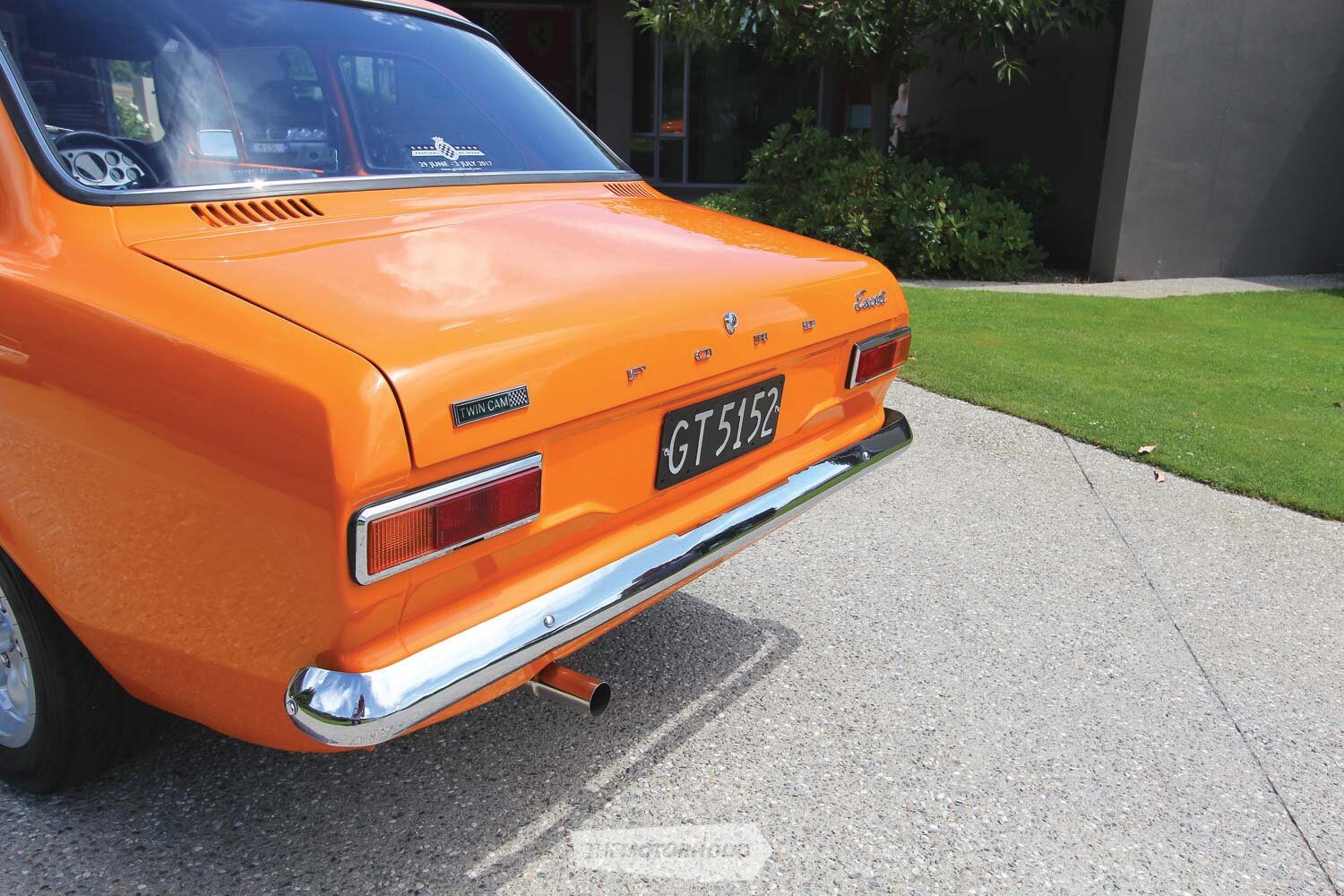

THE JEWELLER’S TOUCH
Bruce and Pam Mayo enjoy the laid-back lakeside lifestyle of Wanaka in Central Otago where they moved 15 years ago to run their business, Aspiring Jewellers, in the popular South Island holiday resort.
“I served my time in Whangarei as a jeweller, and I’ve been doing it ever since. My wife Pam runs the business in Wanaka with me,” Bruce says. Wanaka’s climate is also kind to classic cars, and you will spot a number of classics being driven around the township on sunny days — they’re in the garage for winter snows.
On the day we visit Bruce to see his car, Wanaka is basking in a record 34°C summer heatwave, and sitting in the garage is this searing orange 1970 MkI Escort. The car now owned by Bruce and Pam was brought into the country from Australia, where the model was first assembled and sold that same year. The subject of a recent ground-up restoration, it is now painted in a factory Hot Orange colour, just as it left the factory — it’s pretty hard to miss moving through the subtle neutral colours of the Central Otago landscape. Trying to photograph this stunner on a brilliantly sunny Wanaka day was full of challenges!
A keen Ford Escort enthusiast, Bruce was involved in motor sport in the Far North from his early days. “I got into a bit of motor sport when I was up in Auckland. We rallied a 2.0-litre, BDA Escort Group 4 car, which was Leo Leonard’s old car from way back,” he says.
Despite the light-hearted comments, Bruce had a memorable time with the car. “It was rebuilt by a Neville Nash in Whangarei, and it went very well. I really enjoyed that car. It was quite a brilliant car,” he reminisces.

MUSEUM CAR
No barn find, but close, Pam and Bruce’s orange Escort was on display in Allan Wills’ Oamaru Auto Collection for some 10 years, and it was there that Bruce went to inspect the car when its then–current owner Paul Mortimer decided to sell it three or four years ago. An inspection of the little car showed that it was in very sound condition, so a deal was done, and Bruce bought it.
“We had a really good look at this car in Oamaru,” Bruce says, “and I took a couple of guys over with me to check it over. Other than a little bit of rust in the guards it seemed clean as whistle.”
Back in Wanaka, he completely stripped it down and had it bead blasted by Restoration Blasting in nearby Luggate. It was found to be in pretty good shape underneath. “Sure, it had received a shunt here and there, but nothing major. It came with the standard 2000E differential and gearbox, which is what they came out with from the factory,” he says.
Bruce was confident that the engine would be in good shape too, as it had done very little running over the years. “The original block was destroyed some time ago. Local Oamaru engine builder Andy Neill had also owned the car at one time and it had been in Oamaru for most of its life. The engine has only done some 4000 miles [around 6400km] since Allan had Andy Neil rebuild it. We took it back to Andy to change the cams for us and put in something a bit more subdued, but it still has the 11:1 compression, so I’ve still got to run it with avgas in it, which is a bit of a pain,” Bruce admits.
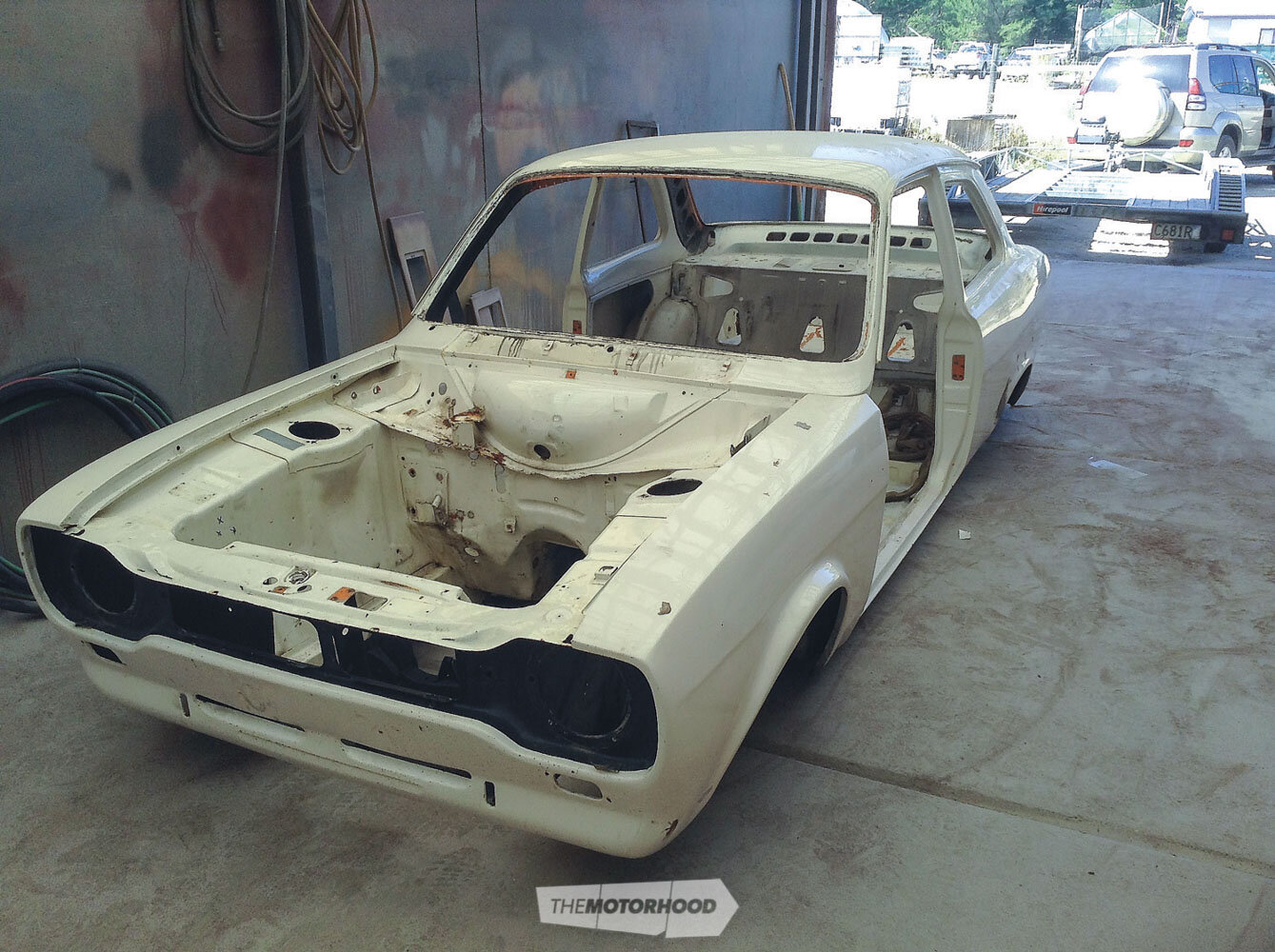
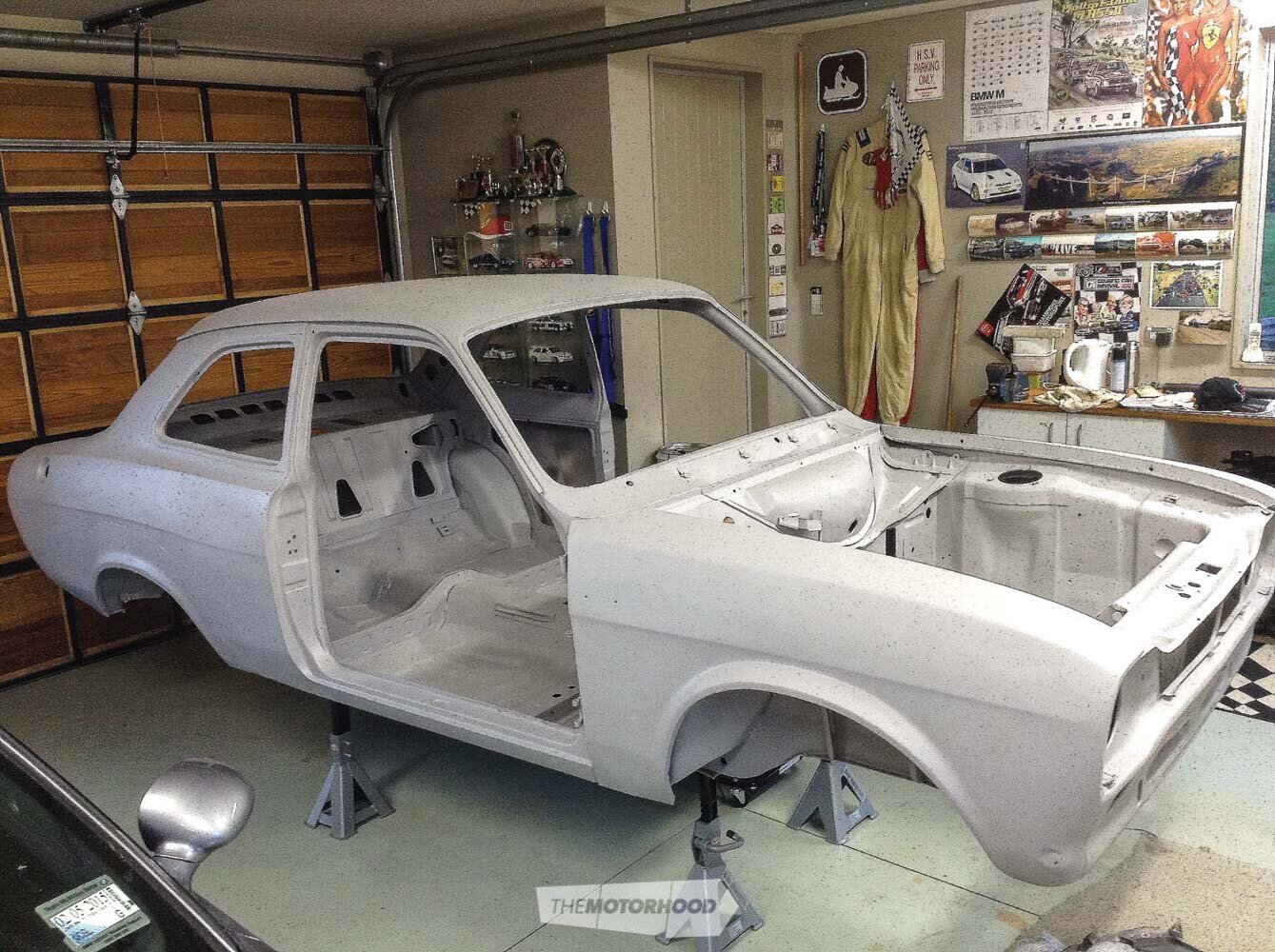
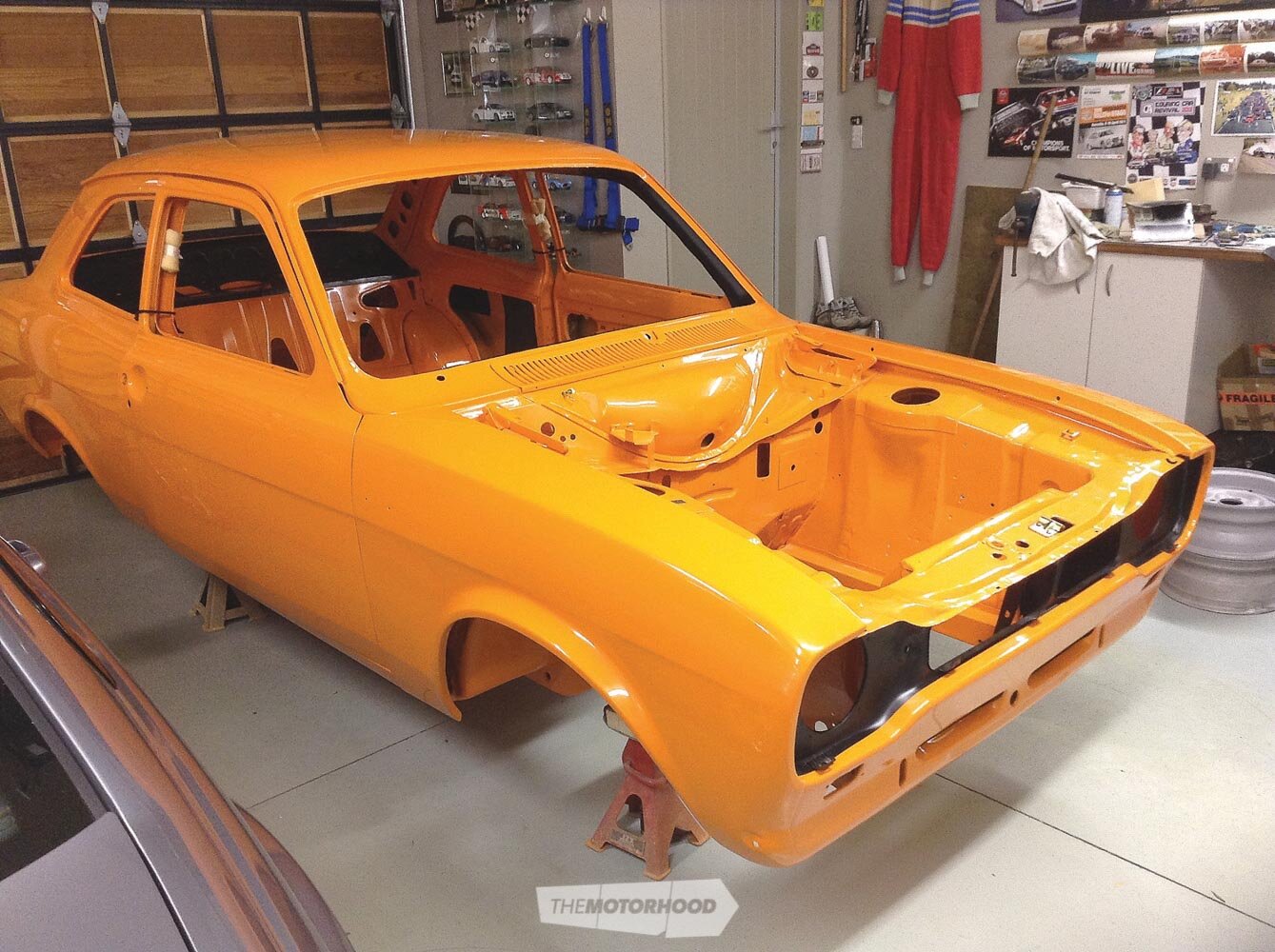
FINDING THE RIGHT MAN
Bruce continued stripping the car and eventually enlisted the help of Wanaka panel beater Steve Richards to complete the body repairs. “He’s an English-trained panel beater who works for himself. He’s a true panel beater, the real McCoy, and does everything from paint to panel work,” Bruce says. It turned out that Steve had done a few classic cars around Wanaka, although he was not really well known. “He’s a quiet sort of a guy and potters away. I heard he had done a beautiful job of a Mustang here in town, and he was recommended to me. As soon as you are talking to him, you know that he knows what he is doing.”
Bruce was keen to get someone started right away on his project, and Steve seemed to be the answer in the small township. “I would have been more than happy with a couple of panel beaters here in Wanaka,” Bruce says, “but with them it was a case of ‘We’ll put it in a corner and the boys will do it when we have some spare time’ — you know the story.”
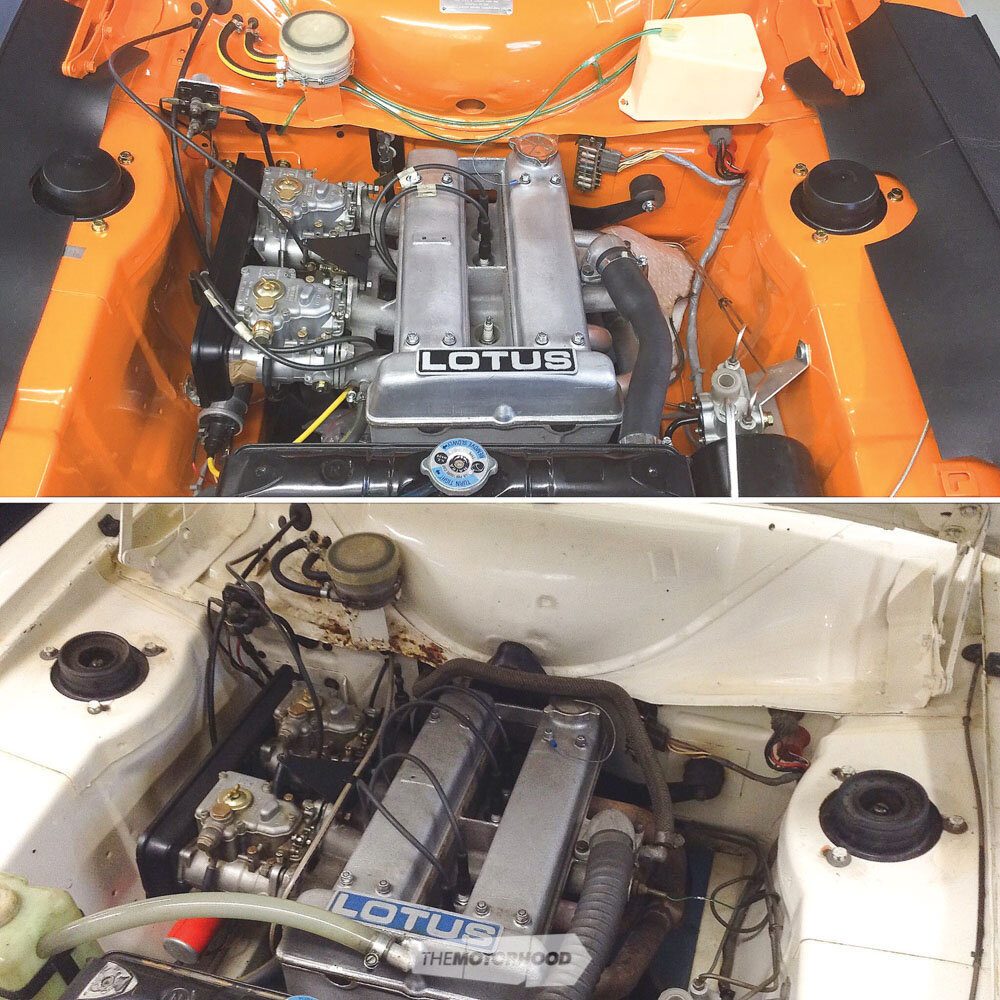
The result is excellent, and justifies his faith in the selection of a panel beater meeting the standard he wanted to achieve to match the high finish standard of the rest of the car, which Bruce completed. “Being a jeweller by trade, I’m a bit of a fussy little bugger, so every nut and bolt I hand polished and hand cleaned and had them all re-zinced — the only way to do it, and they came up real good,” says Bruce.
Thankfully, there wasn’t too much rust in the body shell, and there were the obvious signs of a few repairs from race days, but it was easy to replace what was needed. There was one surprise, however: “It was actually turreted rear suspension mounts too. Allan had turreted it for the race track, so we took the turrets out. I must admit, turrets make it a better-handling car, but, because of what it is, I could see the potential for it. I wanted it to be back to original specs for the road,” says Bruce.
The only variation from a normal Ford Escort Twin Cam of the era is a change from square to round headlights and the different washer bottle. Square headlights were often replaced for more efficient round ones, and it was a common fix later adopted as standard.
Bruce admires the panel beater for the conditions that he worked under, with a small garage and no dedicated paint shop to operate in. Steve put the car on its side in a frame and worked on it, cutting the old sills out and replacing all the panels around wheel arches with a pretty good result.
Meanwhile, when researching its background, Bruce was surprised by how many Oamaru people had been involved with the car and could remember specific details about it. “I phoned Andy Neill and Allan Wills for information on the car. They remembered every nut and bolt,” says Bruce. “Andy also remembered everything he had put into the engine when he did it for Allan. I had the original invoice, and Andy said, ‘I don’t have to look at that. I remember doing this and that’. Absolutely incredible! They remembered everything, and they were very helpful.
“There’s nothing further to do other than a few minor fixes. By that stage, the hard work was done, and it was time to enjoy the months of hard work,” he says, laughing. “I just enjoy having it. I thoroughly enjoyed doing it and want to do another. The Cromwell Car Show (2018) has been its longest run, but I do use it a bit around Wanaka.”
When asked what his restored car is like to drive, he has an amusing comment to make: “Terrible! It’s an old car, but I enjoy driving it. Any old car is pretty basic, but the thing is that this one, given all the assembly problems they had and the poor standard of finish from new, is now probably better than when it came out of the factory.”
With just 330 Twin Cams left running worldwide, it’s great to see this one back on the road and being driven and enjoyed. From the race track, rally and club events to the road, with the occasional mishap along the way, this has been an interesting journey so far for the little ‘giant killer’.



